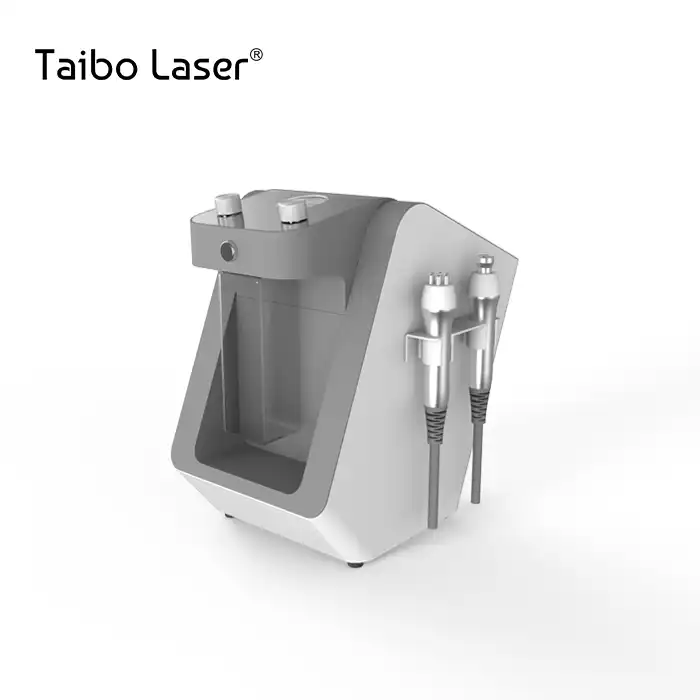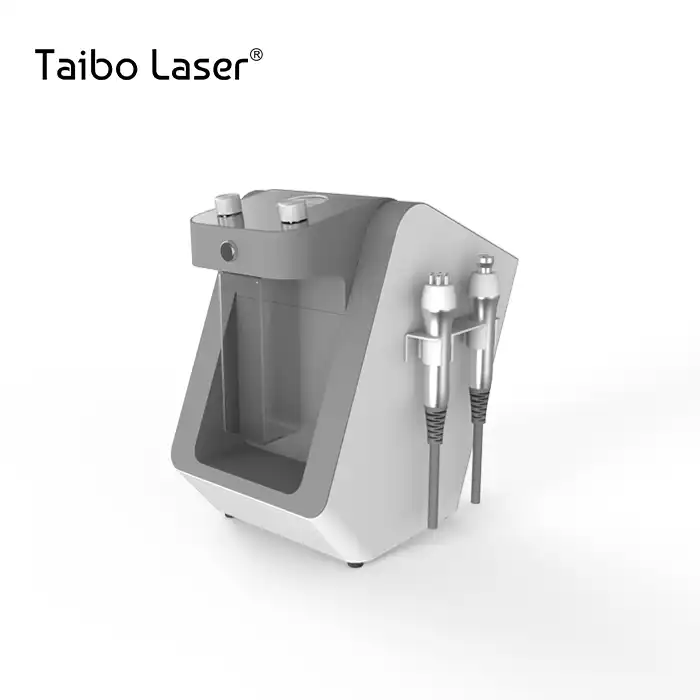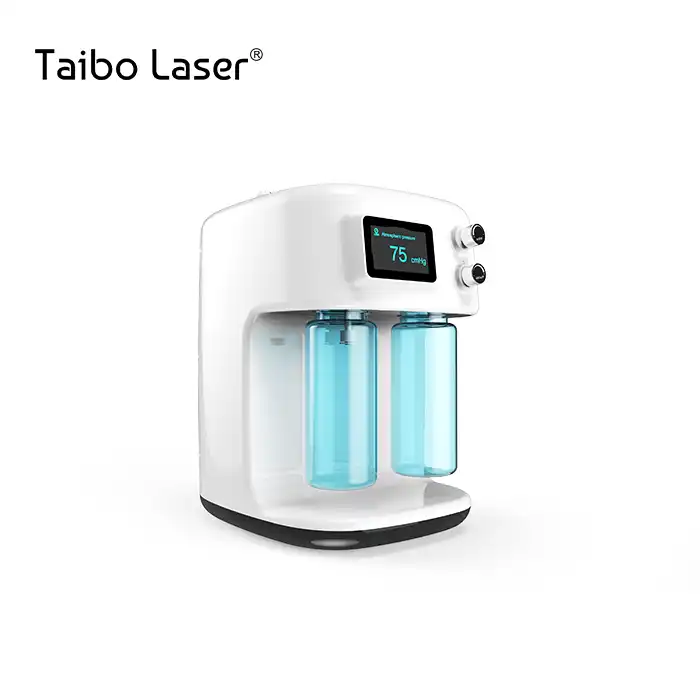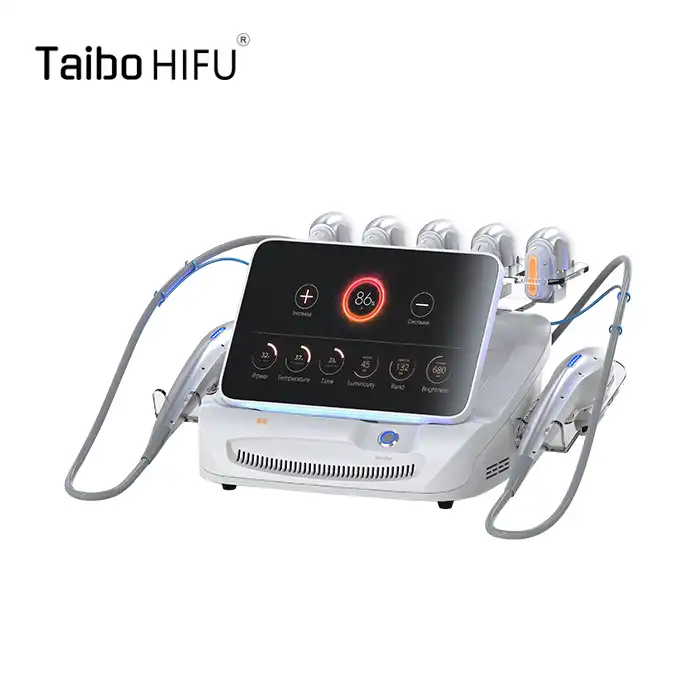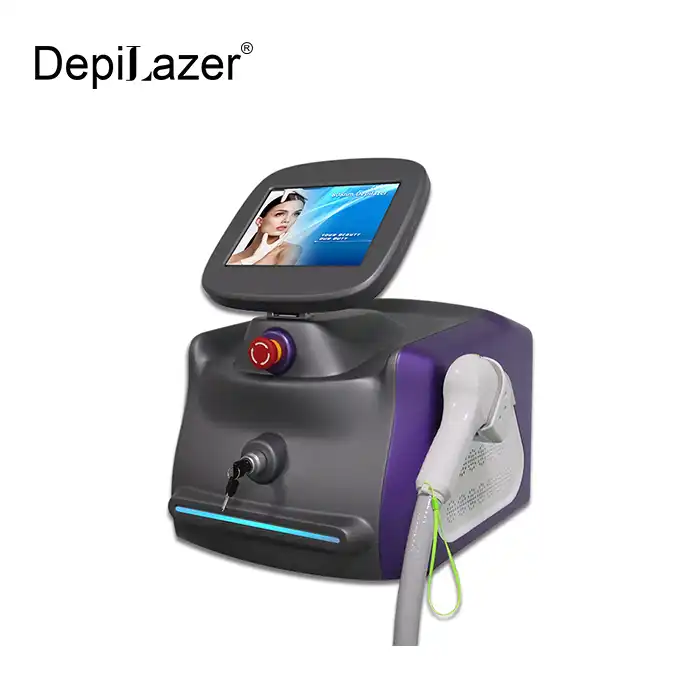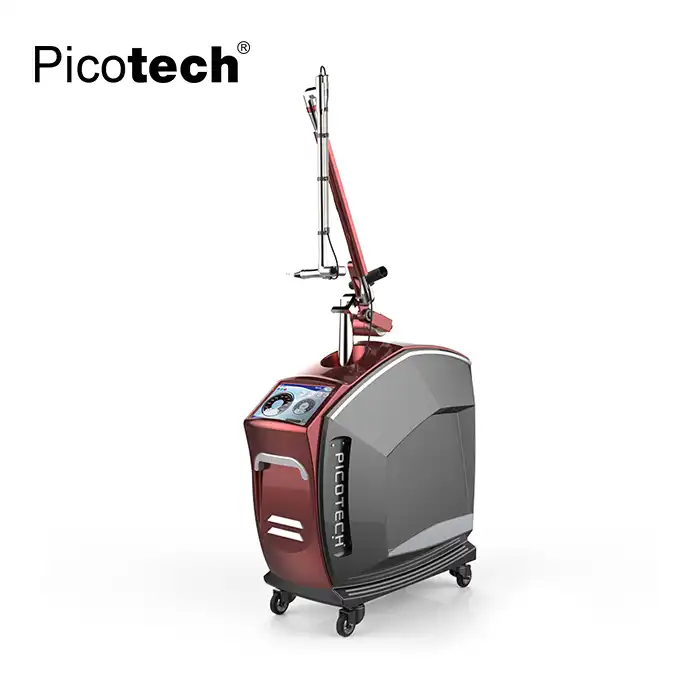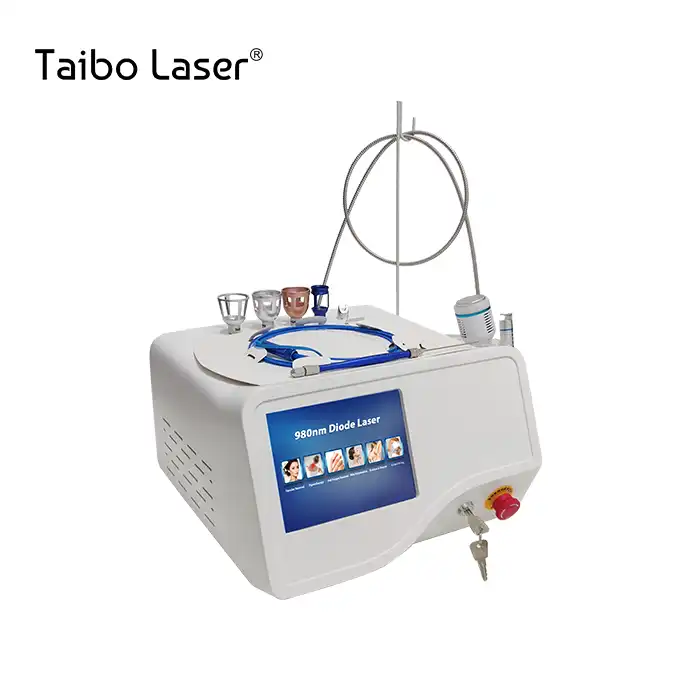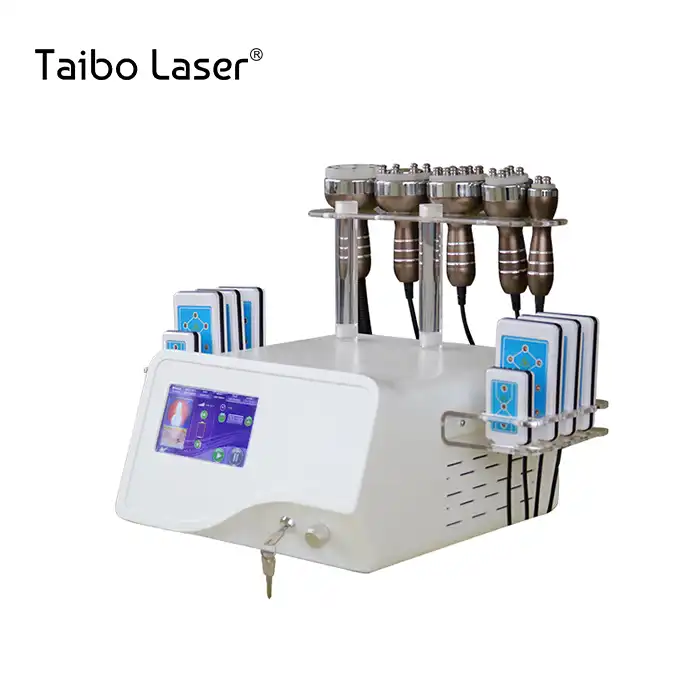Understanding Laser Hair Removal Technology
The Science Behind Diode Laser Hair Removal
At the forefront of professional laser hair removal equipment is diode laser technology. This novel technique targets the melanin in hair follicles with a focused light beam. The follicle is harmed and future hair development is inhibited when the light energy is transformed into heat. Due to their greater penetration of the skin, diode lasers are especially effective and can be used on a variety of skin types and hair hues.
Advantages of Professional Laser Hair Removal Devices
Compared to conventional hair removal techniques, professional laser hair removal device has many advantages. These include quicker treatment of big regions, decreased ingrown hairs, and long-lasting benefits. Furthermore, when appropriate precautions are followed, current devices can be used at home because they are made with safety features that reduce the chance of skin harm.
Comparing Diode Lasers to Other Hair Removal Technologies
While there are various hair removal technologies available, diode lasers stand out for their efficacy and versatility. Unlike IPL (Intense Pulsed Light) devices, which use a broad spectrum of light, diode lasers emit a single wavelength that's optimized for hair removal. This focused approach often results in more efficient treatment and is generally considered more effective for individuals with darker skin tones.
Preparing for Your Laser Hair Removal Session
Skin and Hair Preparation
For laser hair removal to be effective, preparation is essential. To start, make sure the treatment area is completely free of any oils, lotions, or creams that might interfere with the laser. To guarantee that the laser energy is directed onto the hair follicle and not the surface hair, shave the region 24 hours prior to treatment. For at least four weeks before treatment, refrain from electrolysis, waxing, or plucking as these procedures remove the hair root, which the laser needs to target.
Selecting the Right Professional Laser Hair Removal Device
For therapy to be both safe and effective, the right gadget must be chosen. Seek out an FDA-approved professional laser hair removal device that complements your skin tone and hair color. Energy-level-adjustable devices provide customisation according to your specific requirements. To guarantee comfort while using the equipment, take into account elements like the treatment area's size and its cooling system.
Safety Precautions and Considerations
Before beginning your laser hair removal journey, it's imperative to prioritize safety. Conduct a patch test on a small area of skin 24 hours before full treatment to check for any adverse reactions. Protect your eyes with the provided safety goggles, and avoid treating areas with tattoos, moles, or recent sun exposure. If you have any medical conditions or are taking medications that increase photosensitivity, consult with a healthcare professional before using a laser hair removal device.
Step-by-Step Guide to Using Your Laser Hair Removal Device
Setting Up Your Device
Start by carefully reading the instructions provided by the manufacturer for the particular professional laser hair removal device you own. Make sure the gadget is plugged in firmly or is completely charged. Depending on your skin tone and hair color, choose the right energy level. As you get more accustomed to the procedure, gradually increase the setting from a lower one. Select the treatment head that best suits the region you'll be treating if your device has replaceable heads.
Performing the Treatment
With your device ready, start by applying the laser to the desired treatment area. Place the device firmly against your skin to ensure proper contact. Most diode laser devices will have a safety mechanism that prevents firing unless there's full contact with the skin. Move the device in a systematic pattern, overlapping slightly to ensure complete coverage. Avoid treating the same spot multiple times in a single session, as this can increase the risk of skin irritation.
Post-Treatment Care and Maintenance
After completing your laser hair removal session, it's essential to care for your skin properly. Apply a soothing, alcohol-free moisturizer to the treated area to help calm the skin. Avoid hot showers, saunas, or strenuous exercise for 24 hours post-treatment. In the days following, use a broad-spectrum sunscreen to protect the treated skin from UV exposure. Regular maintenance of your professional laser hair removal device, including cleaning the laser aperture and storing it properly, will ensure its longevity and optimal performance.
Conclusion
Mastering the use of a professional laser hair removal device can lead to long-lasting, smooth skin. By understanding the technology, preparing adequately, and following proper techniques, you can achieve salon-quality results at home. Remember to be patient, as multiple sessions are typically required for optimal hair reduction. With consistent use and proper care, you'll be well on your way to enjoying hair-free skin. If you want to get more information about this product, you can contact us at susan@taibobeauty.com.














